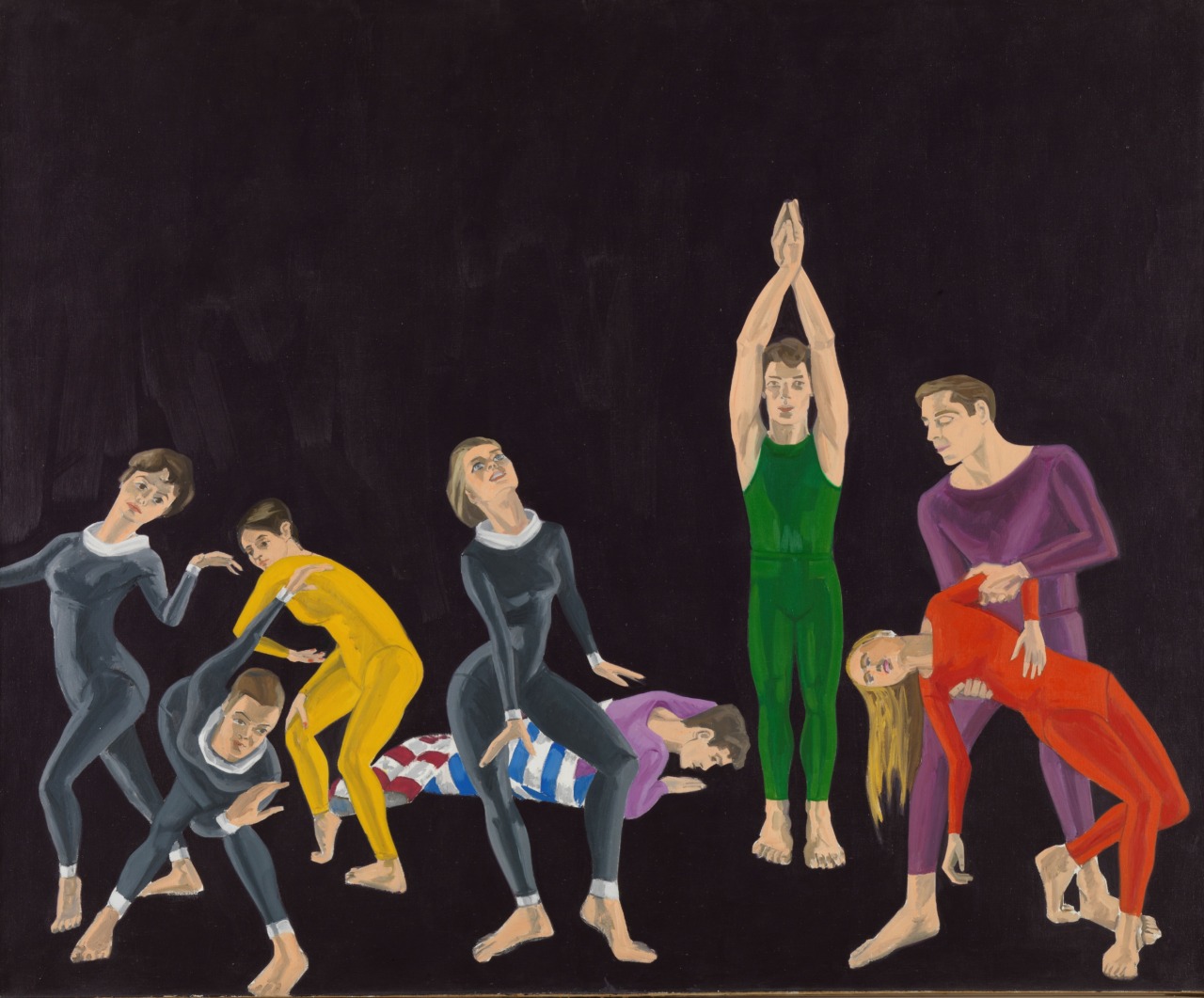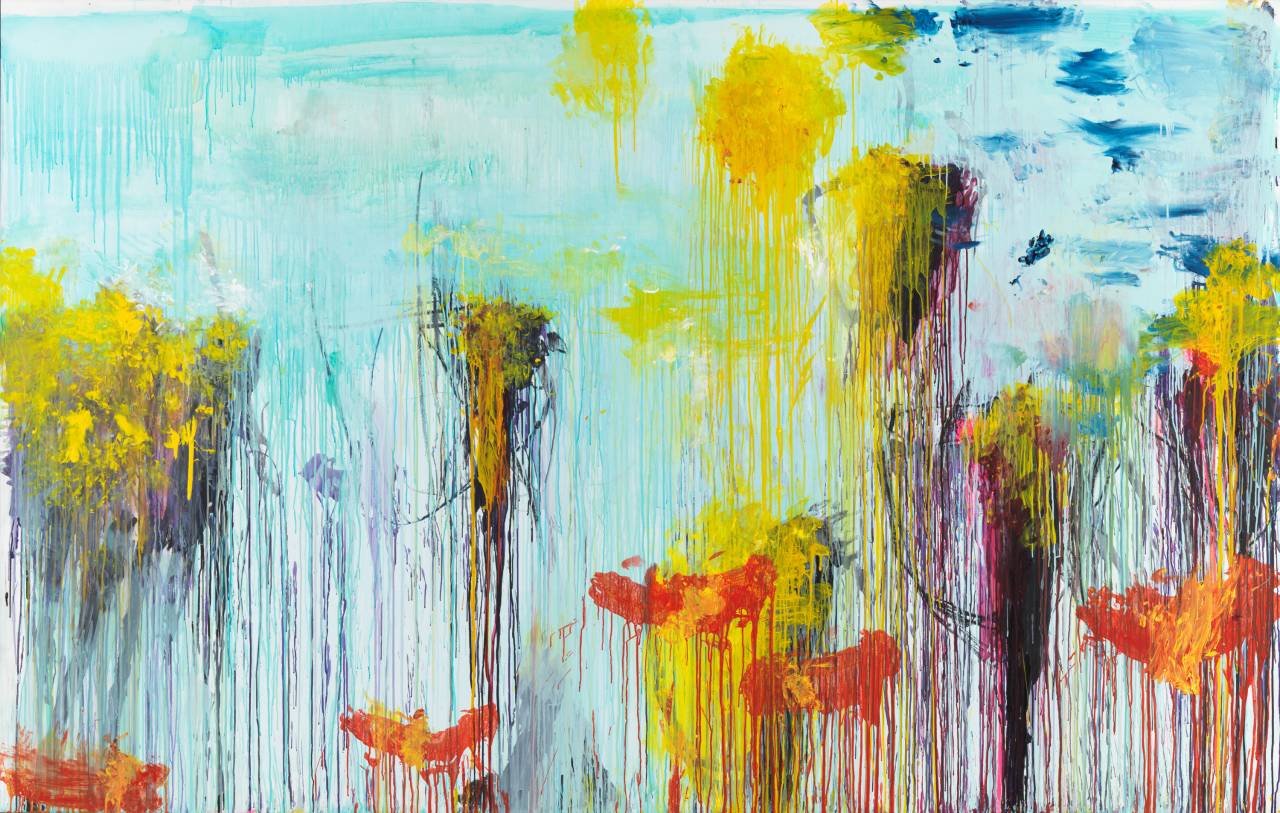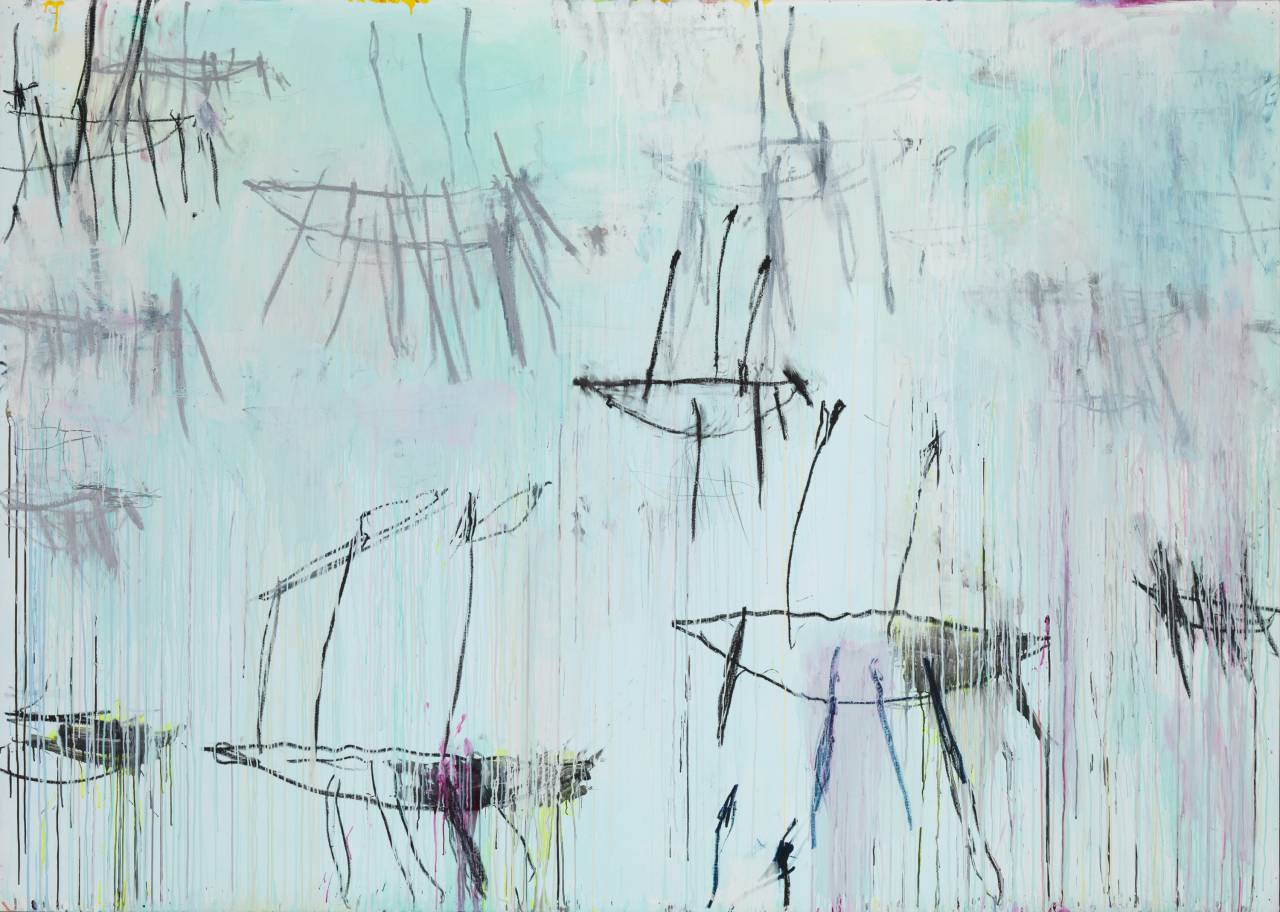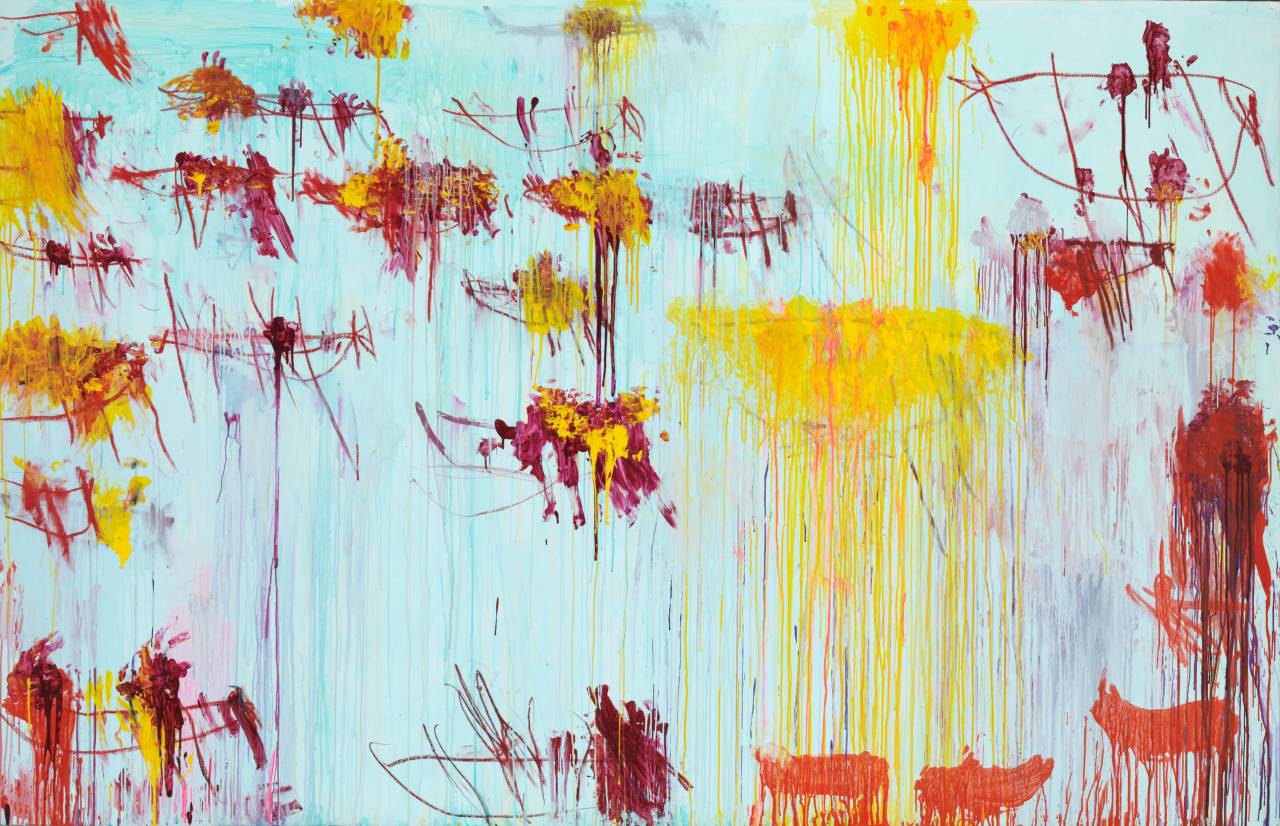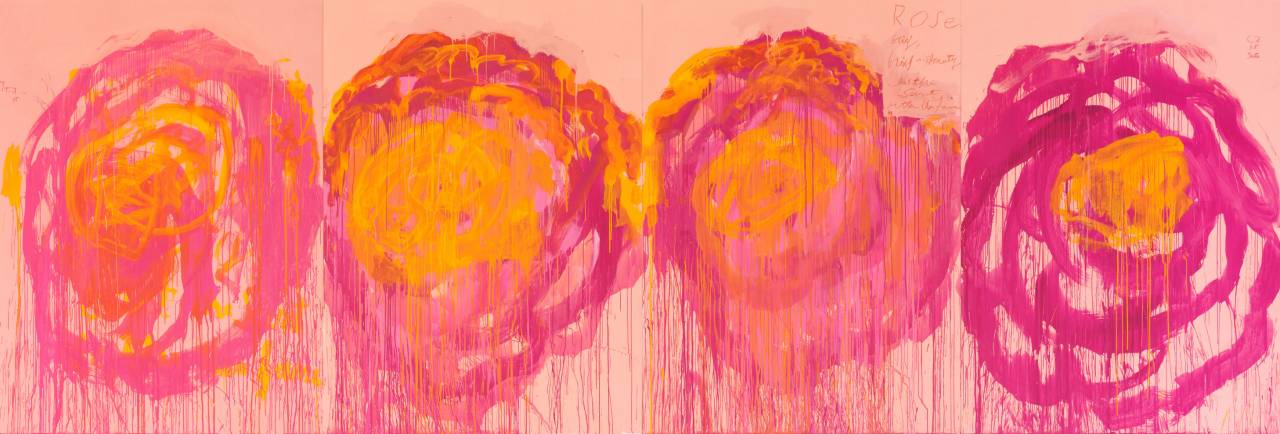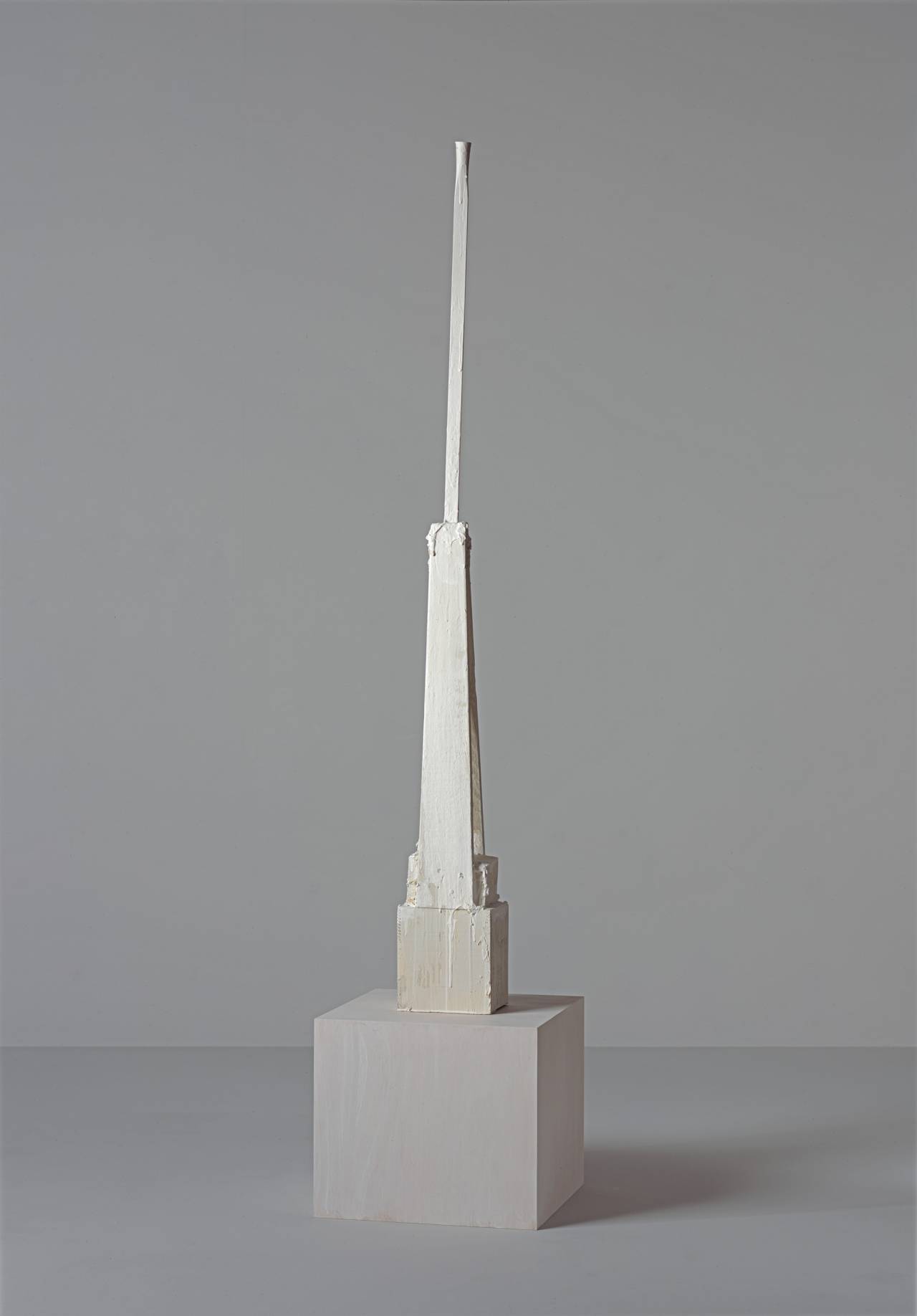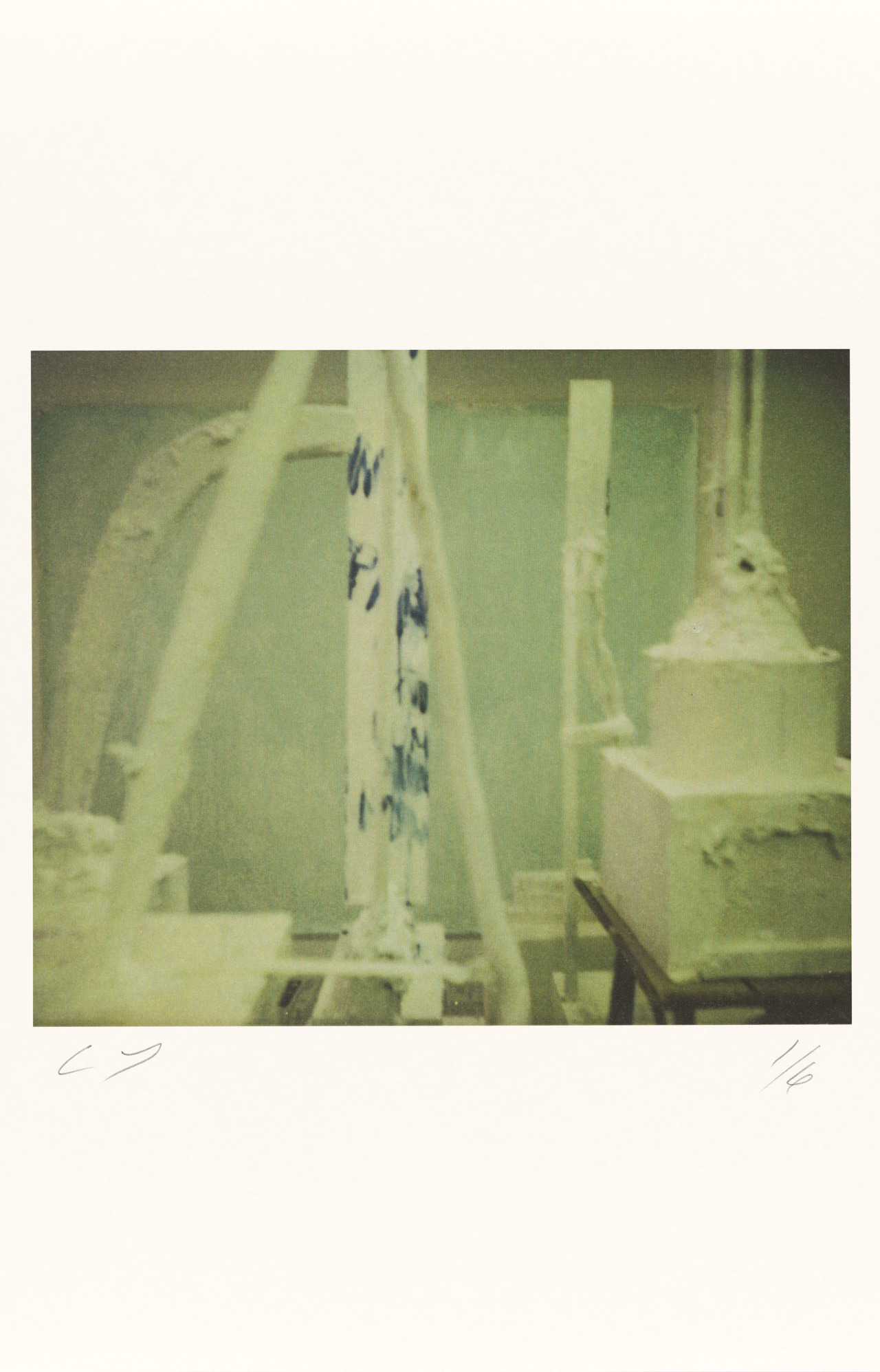Lepanto V
Information about the artwork
- Year2001
- MaterialAcrylic, wax crayon and graphite on canvas
- Dimensions215.9 x 303.5 cm
- Year of acquisition2001
- Inventory numberUAB 473
- On viewUpper floor
More about the artwork
The monumental “Lepanto” series (2001) is one of Cy Twombly’s major works. It comprises twelve pictures, for which the room where they are permanently displayed at the Museum Brandhorst was specifically created together with the artist. Exceptionally intense, almost daring color compositions covering a broad palette, with shades of yellow, red, turquoise, and aquamarine, determine the drama of the series of paintings which are based on one of the most symbol-laden naval battles in world history. On October 7, 1571, the “Holy League,” a coalition of Spanish, Venetian, and Papal troops under the leadership of Don Juan de Austria, defeated the much larger fleet of the Ottoman Empire at Lepanto (present-day Nafpaktos) in the Gulf of Corinth, leading to the demise of Ottoman dominance in the Mediterranean.
The pictures form an alternating sequence of individual motifs and series. The first, fourth, eighth, and twelfth paintings look like images of hulls seen from a bird’s eye view which, due to their coloration, awake the impression of flames or wounds at the same time. The three sequences of paintings in between suggest the dramatization of a battle: from the tense calm before the start of the conflict to the explosions of color in the middle and the red pigmented panels at the end. Without ever being illustrative, Twombly shows the naval battle as a supratemporal conflict, without taking sides, without defining friend or foe, time or place. In 1985, when Twombly moved into a house on the coast of Gaeta, a small harbour town between Rome and Naples, seafaring became the central topic of his late work. Time and again the path followed by mankind has been reflected in seafaring terms since Antiquity: setting sail full of hope, journeys of discovery, storms at sea, odysseys, shipwrecks – in his 12-part battle cycle Twombly picks up on the whole panorama of this “metaphor of being” (Hans Blumenberg). Various moods fuse into a symbol for the passing of time, for the journey through life.
The twelve paintings in this room were first shown at the Venice Biennale in 2001 before they were acquired for the Museum Brandhorst. The cycle is also a powerful homage to Venetian painting and the tradition emanating from it: of spontaneous painting rooted in color which, from Titian and Tintoretto to Rubens and Vélasquez ultimately leads to William Turner, Claude Monet, and Expressionist painting of the 20th century.

